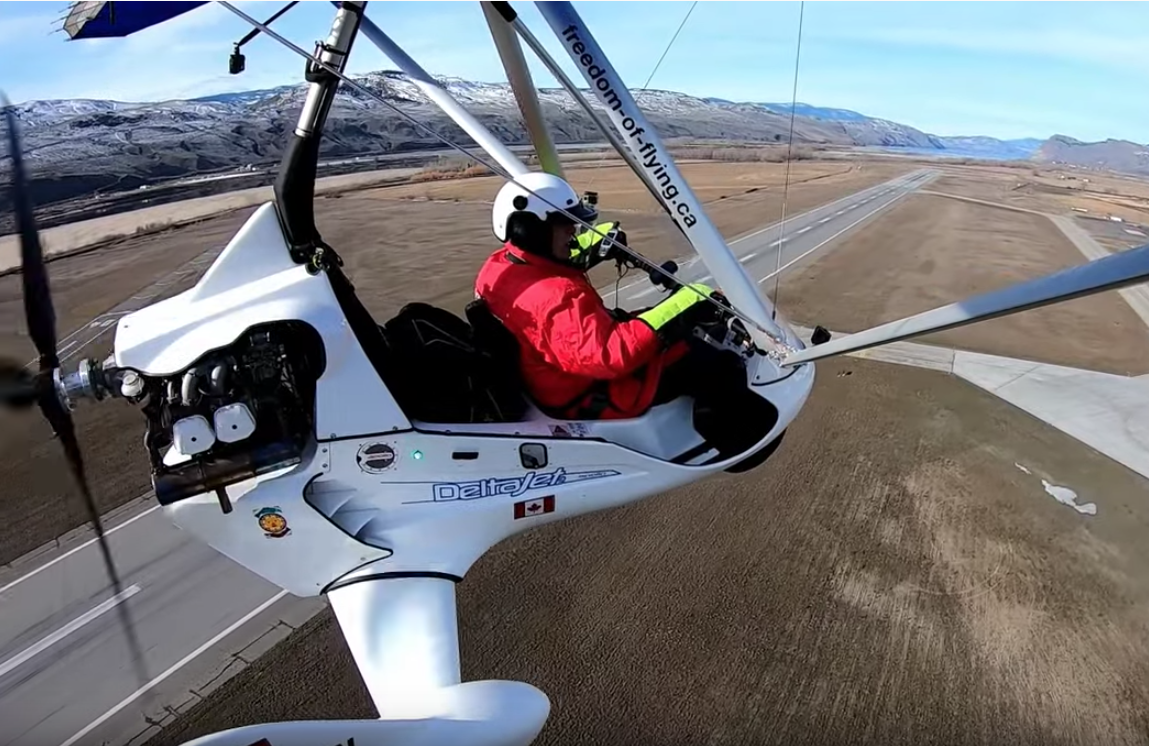
Gliders in the US are now certified for airworthiness by the Hang Glider Manufacturers Assn. Like any form of sport aviation, hang gliding can be dangerous if pursued carelessly. How safe are hang gliders?Īs safe as the person flying them. This area requirement can vary somewhat, though, depending on wind conditions and the surrounding terrain. An experienced pilot should be able to put a glider safely into any flat spot clear of obstructions bigger than about 50 by 200 ft. Where a hang glider can be landed depends somewhat on the skill of the pilot. Alternatively, towing by trucks, stationary winches and ultralight aircraft allows gliders to get into the air when no hills are available. The pilot just runs down the slope and takes off when the air speed reaches 15 to 20 mph.
#HANG GLIDER WITH MOTOR FREE#
Pretty much any slope that is relatively free from obstructions, is steeper than about 6 to 1 and faces into the wind can be used to foot launch a hang glider. On good days, pilots don’t have to land until the sun goes down. How long do flights last?Īgain this depends on conditions, but a high altitude flight is frequently several hours in duration. More typically, pilots in the summer in the western US will frequently achieve altitudes of 5,000 to 10,000 ft AGL and fly for over 100 miles.


This depends a lot on the conditions in which they are flown, but flights in excess of 300 miles in length and altitudes of well over 17,999 ft. This then causes the glider to pitch or roll in the direction of the pilot’s motion and thus allows both speed control and turning. By moving forward and backward and side to side at the end of this hang strap, the pilot alters the center of gravity of the glider. Pilots are suspended from a hang strap connected to the glider’s frame (hence the name “hang” glider). Hang gliders are controlled by shifting the pilot’s weight with respect to the glider.


 0 kommentar(er)
0 kommentar(er)
